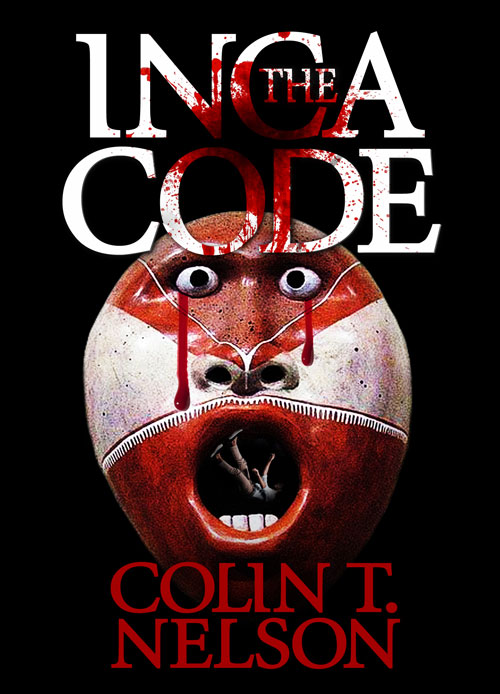Some of the most popular TV shows are about forensic crime scene investigators and the medical examiners. They manage to work miracles every week. Of course, they’re also sexy, smart, tough, and have exciting jobs! But what do they really do?
They do have interesting jobs and some are even pretty good looking. But there are four things they concentrate on:
1. The Autopsy. If the person dies outside a hospital, there may be questions about the death. The Medical Examiner is the one who makes a decision whether an autopsy is conducted. There are two things the doctor is looking for during an autopsy. He tries to make an identification of the body. Usually, the dead person is known by someone else, but often a body may be found with no identification or family. Or sometime, in a disaster like a fire or bomb blast, the body cannot be readily identified. The autopsy, hopefully, will identify who is the victim. Also, at the autopsy, the Medical Examiner will gather evidence about what might have caused the death.
2. The Science of Human Identification. Here are techniques a Medical Examiner uses to make an identification of a dead body. Fingerprints can be used—if the fingers can be printed. In the case of a fire, for instance, the doctor may use dental records since teeth are some of the hardest materials in the human body. Sometimes, it only takes one or two teeth for an identification to be made. If there is the opportunity, DNA samples may be analyzed. However, this process sometimes takes several weeks to complete.
3. Cause of Death. The final conclusion the Medical Examiner will answer is what caused the death? Was it natural or a homicide? Even though an autopsy opens the body for investigation, most of the clues about the cause of death are found on the outside. For instance, gun shot wounds, trauma from a heavy object (hammer), car accidents with wounds to the body, and other marks like the abrasions from a rope around the neck can all point to the cause of death. If the Medical Examiner decides the cause of death is not natural, legal issues come into play—is this a homicide and who did it?
4. Time of Death. You’ve seen on TV when the ME comes to the crime scene and announces the time of death within an exact time. Real Medical Examiners laugh at this. There are physical clues that can give an approximate time of death. After death, the muscles in the body stiffen (rigor mortise) so the Medical Examiner can estimate time of death by the degree of stiffness. The temperature of the body can also give clues. Finally, if the body is lying on the ground the blood tends to pool on the lower side, which can give a clue as to how long the body has laid there.
Many local Medical Examiners offices are willing to give public tours. Check them out!






